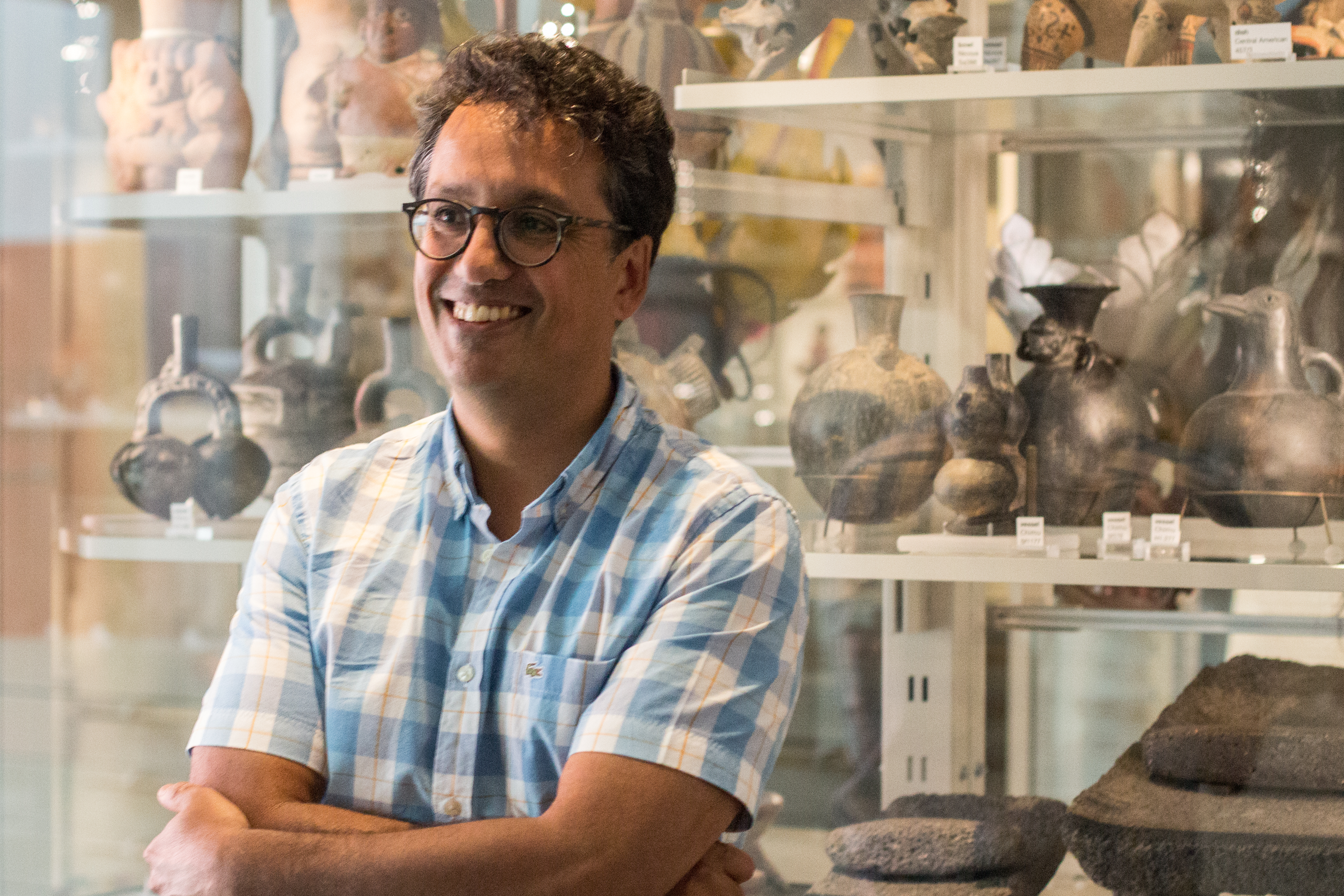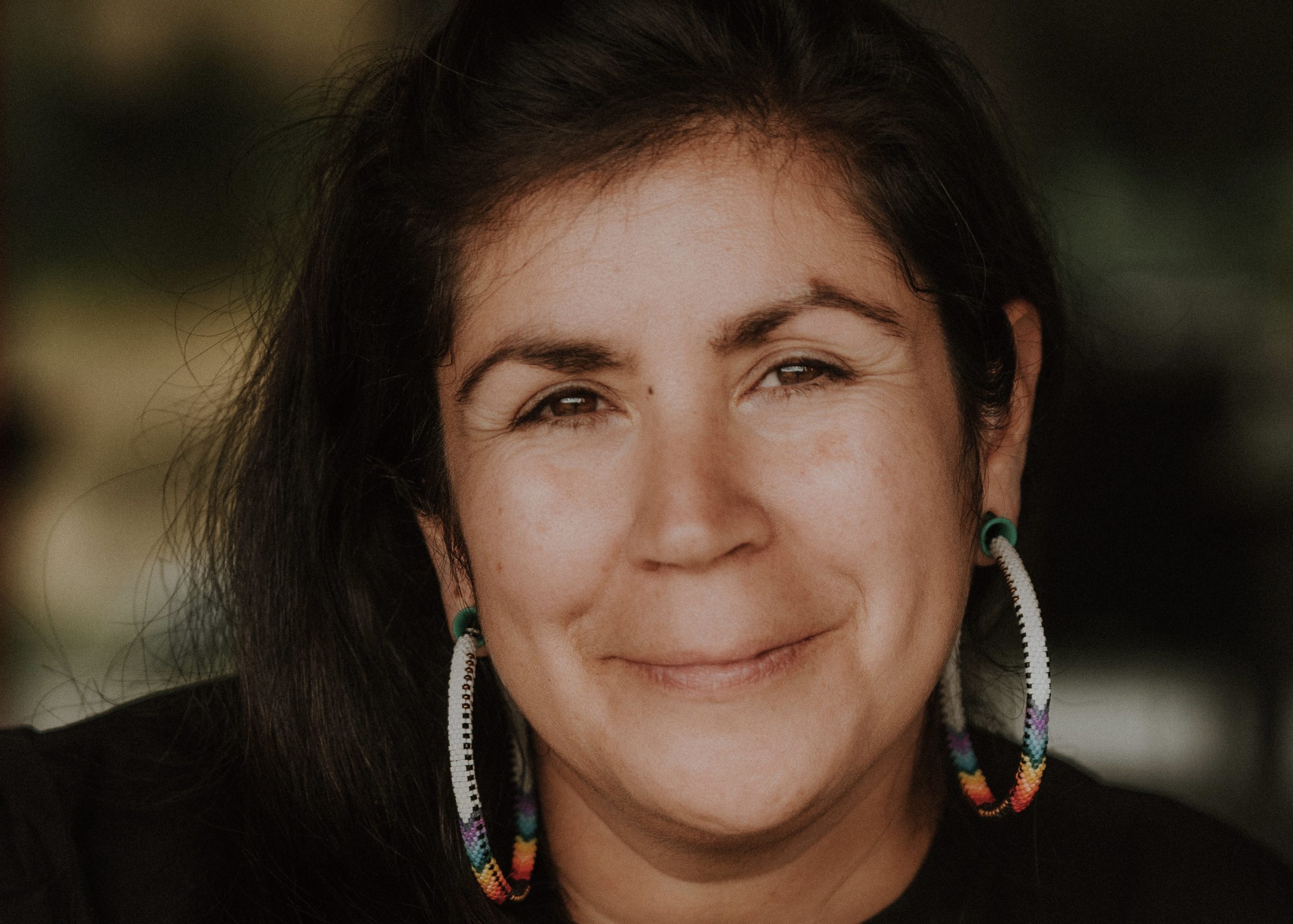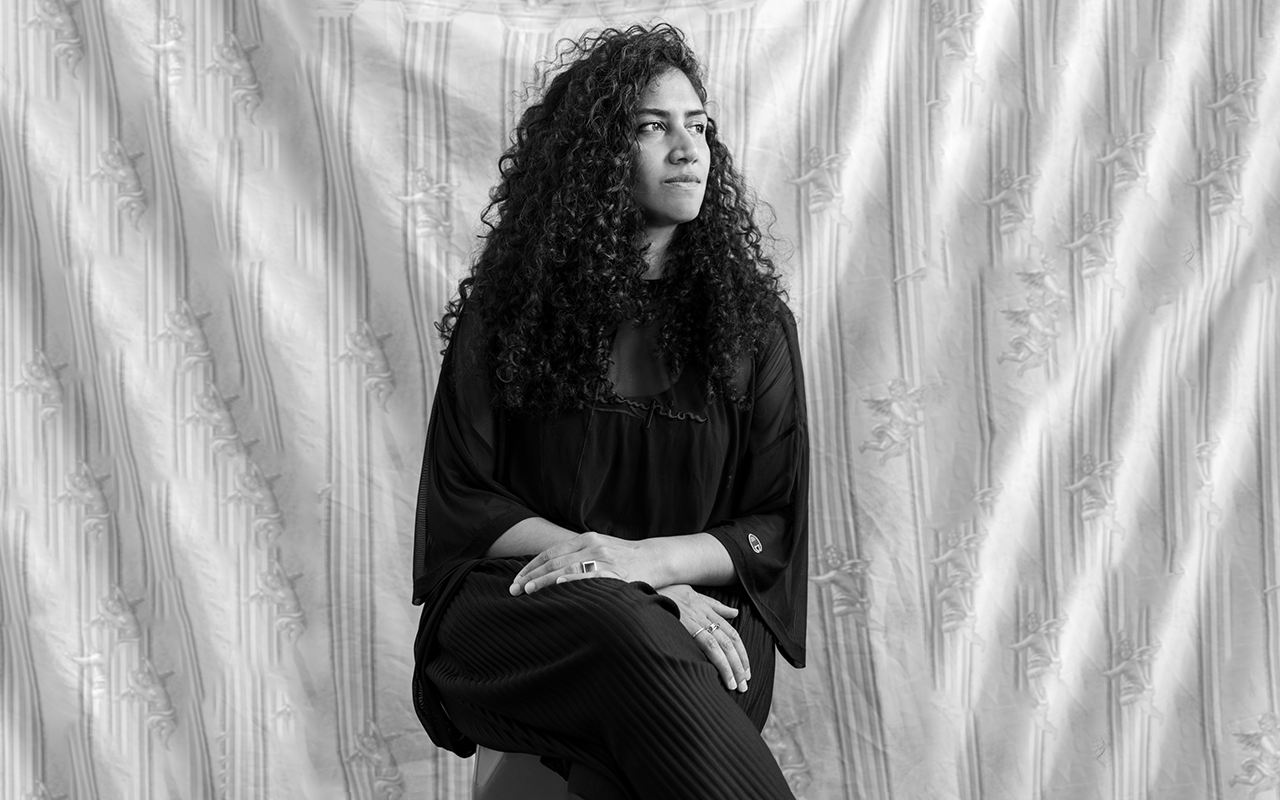

Why does art matter? Why do we devote so much energy and wealth to creating and consuming music, fashion, design, and beauty? Philosopher Dominic Lopes believes that answering these questions might help us lead more meaningful lives.
An author of six books on the philosophy of art, Lopes, a Distinguished University Scholar and Professor in the Department of Philosophy, was recently named a Fellow of the Royal Society of Canada. Earlier this year, he was also awarded a Canada Council Killam Research Fellowship for a project entitled “Being for Beauty: Aesthetic Agency and Value.” We talked to him about how he got into the field and why he thinks we gain meaning and fulfillment from participating in artistic endeavours.
How did you become interested in the topic of beauty and aesthetics?
Almost everyone has some aesthetic interests and commitments. It might be serious art housed in lavishly funded institutions of high culture, or it might be video games, design, cooking, or nature. On a day to day basis, we tend to take the importance of our interests for granted, but we have moments when we realize that life could go on without art or good design. In those moments, the philosophical question creeps in: why does this matter? Or how can it matter? I’m pretty sure that how we answer this question tells us a lot about how we understand ourselves, and a correct answer will tell us a lot about what it takes for us to lead good and meaningful lives.
You were recently awarded a Canada Council Killam Research Fellowship in the Humanities for your project “Being for Beauty: Aesthetic Agency and Value.” What is your project about? What questions do you aim to address?
Our experiences of beauty seem to place beauty in objects. The beauty of a face inheres in its curves and textures and colours. The beauty of a melody is in its timbre and sonic contours. For centuries, everyone thought that beauty is part of the fabric of reality, and we respond to it with pleasure. However, science has no place for beauty in its explanations, so philosophers came to think of beauty just as anything that primes the pleasure response, and the pleasure theory of beauty became settled doctrine. However, some have had misgivings. Isn’t pleasure a reaction to something good? And, though pleasure is important, it doesn’t have the kind of importance that explains the huge amount of energy and wealth we humans commit to art, natural beauty, design, fashion, or food and drink. My project proposes an alternative to the pleasure theory. The idea is that aesthetic domains, such as art and design, are arenas for human achievement. Aesthetic values are achievement values.
What do you mean by “achievement values?”
We tend to think of “achievement” through the lens of those rare events that merit widespread accolades, such as Penny Oleksiak’s gold medal swims or Brian Jungen’s astonishing repurposing of sneakers. But it’s important not to overlook our innumerable small achievements. I think of an achievement as any success that results from skill. So the idea is that the arts and other domains of aesthetic endeavour share this one thing in common with sports and games: they are arenas that we have constructed where we develop skills so as to be able to use them to achieve.


Professor Dominic McIver Lopes is rethinking the power of aesthetic culture. During his Canada Council Killam Research Fellowship, he will explain how we secure personal meaning and personal fulfillment through skillful participation in shared networks of aesthetic cooperation, confrontation, and innovation.
Where did you grow up and what was your academic path like?
My father’s family traces to Portuguese India and my mother’s to the UK. I was born and spent my early childhood in Scotland, until we migrated to Toronto. I chose philosophy for my undergraduate major at McGill University and then went on to Oxford University for a doctorate.
Although I didn’t realize it at the time, I had my first taste of philosophical thinking from two high school teachers, one a historian, the other an economist, who taught us quite of lot of political theory. At McGill, I attended lectures by Charles Taylor, who broadened my interest to the whole of philosophy, and I discovered the branch of philosophy called “aesthetics” (aka philosophy of art), which was destined to become my specialization. I had always been deeply into art, literature, and music, and philosophy taught me to wonder why these activities should matter so much to us — seemingly all out of proportion to their face value.
The Harvard philosopher Nelson Goodman, who helped found contemporary aesthetics, visited McGill while I was there, and his visit confirmed my impression that the field was wide open and ready for exciting new research. At Oxford, I wrote a dissertation on how images come to have meaning, and after I graduated it seemed natural to follow that up with a book on the values of images. I quickly realized that philosophers had made very little progress in understanding aesthetic and artistic value, and those topics have dominated my research for the past fifteen years.
What do you enjoy most about teaching philosophy?
Philosophy offers a unique combination of what we humans most value when we’re being thoughtful. It fearlessly tackles the big questions, using exacting and rigorous methods to get testable results, putting us in dialogue with some of the most interesting minds of the past, leading us to self-knowledge. Students who are new to philosophy rarely have any inkling of this, and nothing beats the experience of sharing it.


In six books and many articles, Dominic Lopes has proposed new theories of images and their value, the nature of computer and digital art, the nature of art in general, and the special place of aesthetic value in the human experience.
Related Links:


